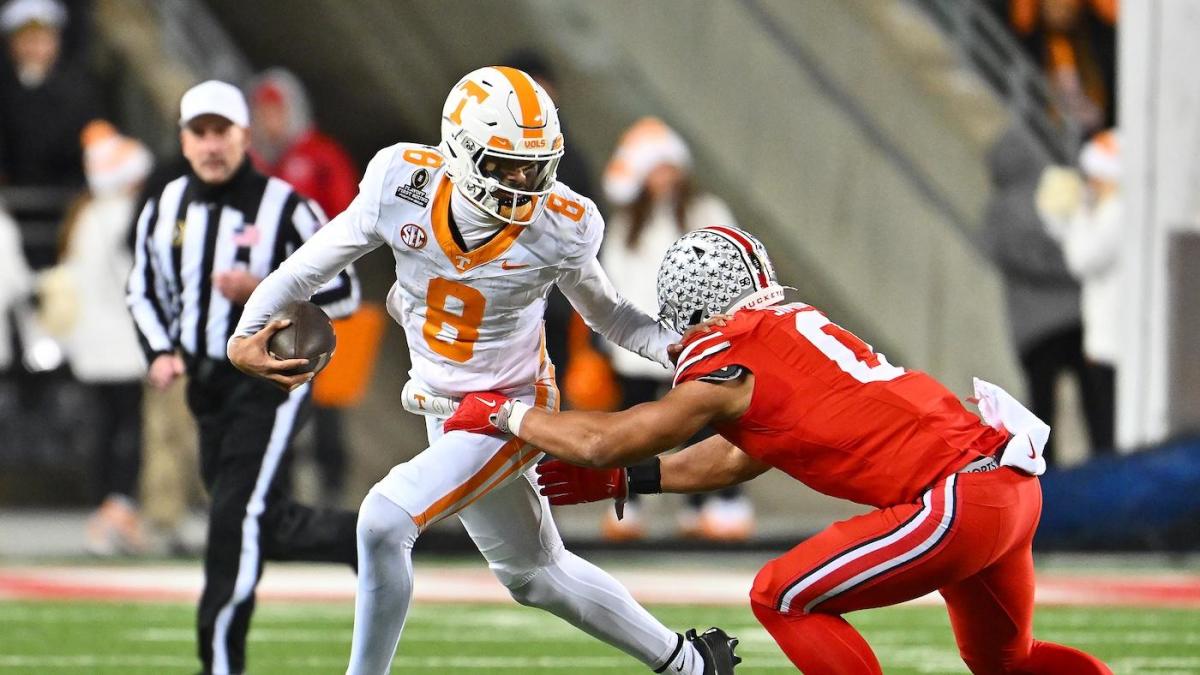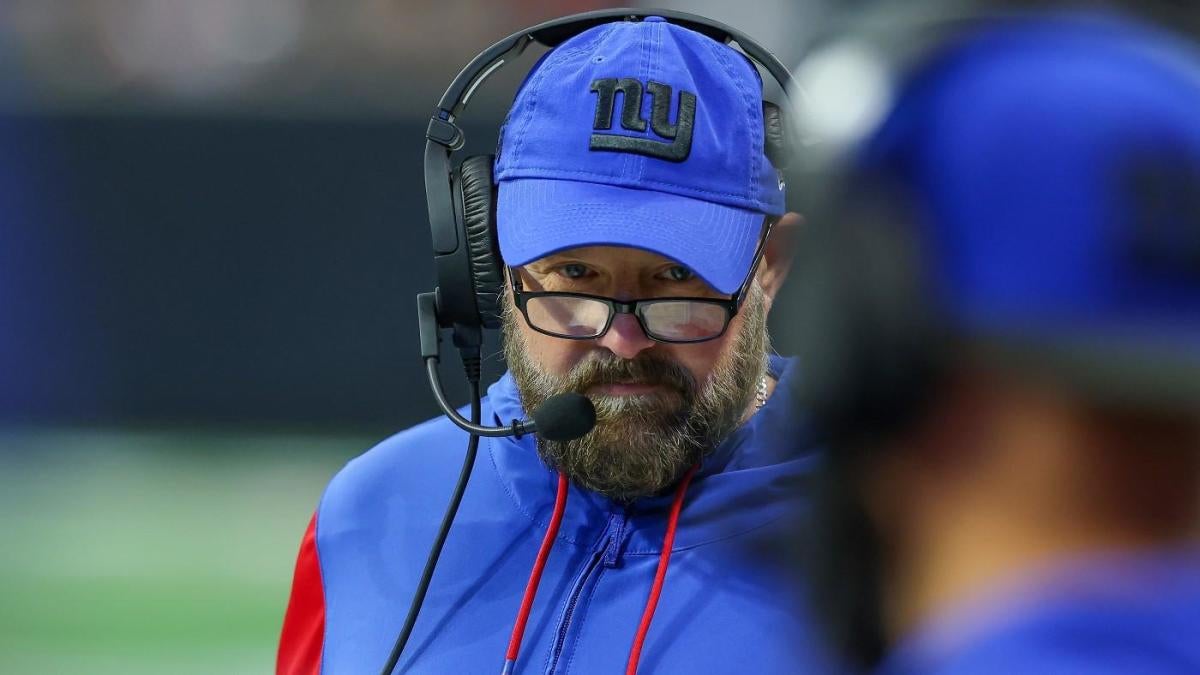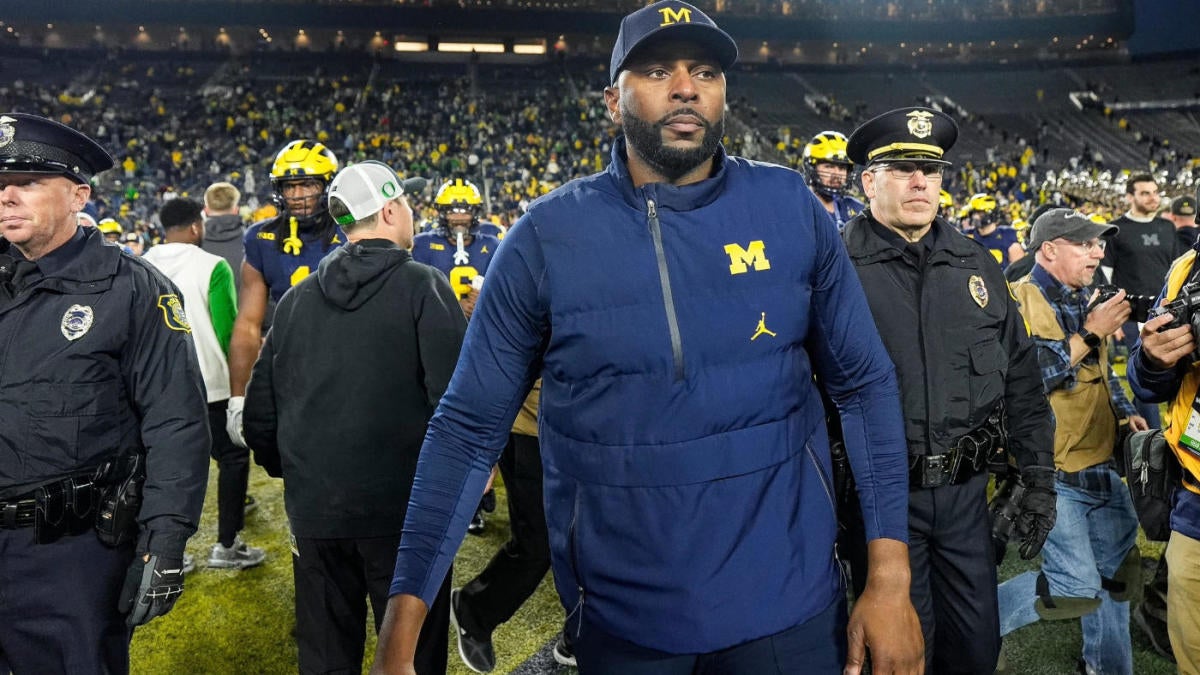The first round of the College Football Playoff featured four losing teams, but each of the four leaves the year on firm ground. It was nearly unthinkable that SMU or Indiana could play for a national championship entering the year. Clemson and Tennessee also cemented themselves as programs on the rise.
Now, the hard part starts. After reaching the College Football Playoff, programs have to capitalize. For some, it will mean full-scale rebuilds and revamps of the roster. For others, this experience will carry them through to the future. In fact, three of the four teams will return their quarterbacks in 2025.
With that in mind, here’s what’s next for each of the College Football Playoff first-round losers as they set their sights on the offseason.
Tennessee: Get receiver help
While the Vols were underdogs heading into the matchup with Ohio State, no one expected them to get steamrolled by the Buckeyes worse than Northwestern did. For all the blame going around towards quarterback Nico Iamaleava or the offense line or the defense, wide receiver was the position group that separated this game.
While Iamaleava’s inexperience didn’t help, Tennessee only had one player with more than 500 yards receiving on the year. There are 249 players nationally with at least 50 targets this season, three of whom played at Tennessee. None ranked higher than 173rd in yards per route run.
On the other side, Ohio State obliterated a talented Tennessee defense with their receivers. Jeremiah Smith and Emeka Egbuka combined for 11 catches for 184 yards and two touchdowns in the win as Ryan Day really only needed to call basic crossing patterns to break them free. Smith is No. 11 in yards per route run. Egbuka is 31st. That’s what a title caliber receiving corps looks like.
Benching incumbent starter Preston Stone and handing the keys to Kevin Jennings was a bold move by coach Rhett Lashlee. Stone was the prize recruit, a former top-150 player who led the program to an AAC title in his first year as the starter. But with Jennings, SMU made it all the way to the College Football Playoff.
Needless to say, his performance in a 38-10 loss to Penn State left much to be desired. Jennings threw two pick sixes in the first half and had another interception that later turned into a touchdown. He kept fighting, but it was clear that Jennings was overwhelmed, both by Penn State’s elite defense and the moment in the College Football Playoff. After the game, Lashlee took blame for the interceptions to try to protect his quarterback.
Jennings is one of the most underrated players in the country, despite the disappointing performance against Penn State. He cleared 3,200 yards passing, 350 yards rushing and scored 28 total touchdowns despite not taking over full time until the fourth game. If Jennings can learn from this game, these are the kinds of performances that shape future stars.
Clemson: Fix the rush defense
The Tigers were perhaps the biggest winner of the losers of the first round of CFP games after quarterback Cade Klunbik and a handful of underclassman receivers helped lead a competitive performance. For the first time in years, the offense won’t be much of a question mark heading into the 2025 season.
But for how much the offense flashed, the defense similarly looked shockingly un-Clemson. The Tigers posted their worst rushing defense in more than a decade, and the unit was at its absolute worst against Texas. Longhorns running backs Jaydon Blue and Quintrevion Wisner each cleared 100 yards and two touchdowns as the Longhorns posted 292 yards on the ground. Really, the only thing that stopped the Texas rushing offense was Steve Sarkisian forgetting to call it.
Thrillingly, Clemson has actually started committing to the transfer portal after landing two players. One in particular, Purdue edge Will Heldt, is tasked with fixing exactly the problems that cost Clemson a chance at the game. With linebacker Barrett Carter and defensive lineman Peter Woods off to the NFL, Clemson has to find their new stars.
Indiana: Build on the moment
The Hoosiers were a veteran-led team filled with transfers from Curt Cignetti’s previous stop of James Madison. While eligibility rules are confusing at best, 15 Indiana starters are listed as seniors, including quarterback Kurtis Rourke and defensive end Mikail Kamara. Simply put, a generation of Indiana football is about to age out of the program. It’s time to move onto something new.
Cignetti came to Bloomington with big plans to revamp the program, and it’s off to a roaring start. In addition to the on-field success, Cignetti has locked in a long-term extension and has some serious investment on the NIL front. Ex-Maryland running back transfer Roman Hemby helps kick off a strong start to the transfer portal period, but Cignetti will have to quickly pick up some wins to get the Hoosiers back into the Big Ten conversation.








